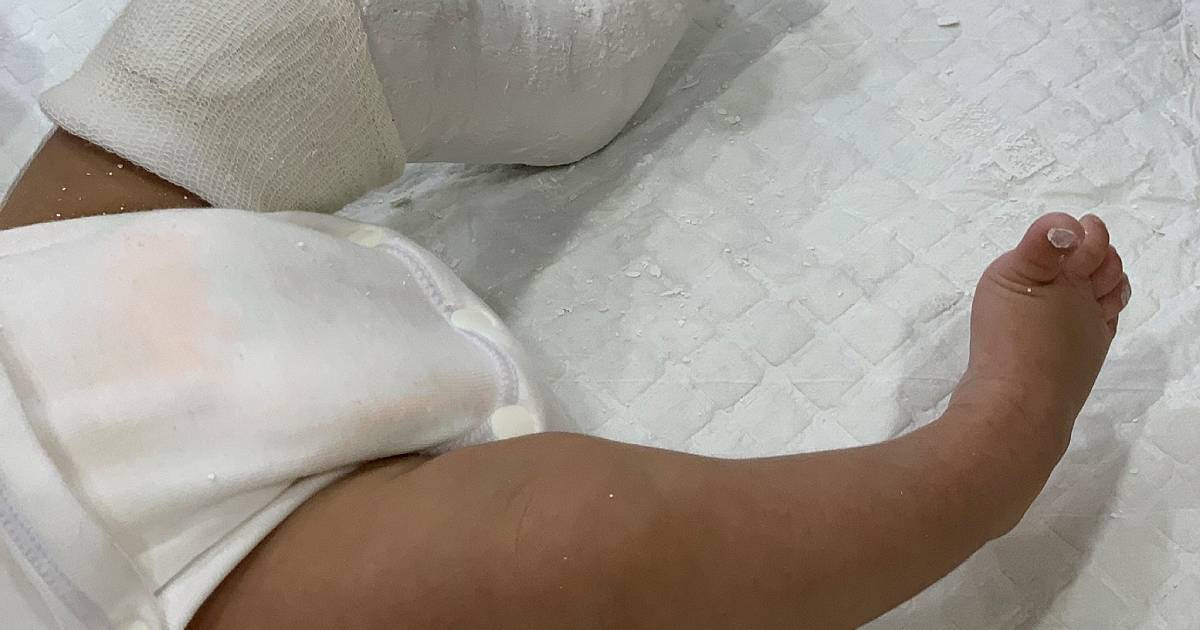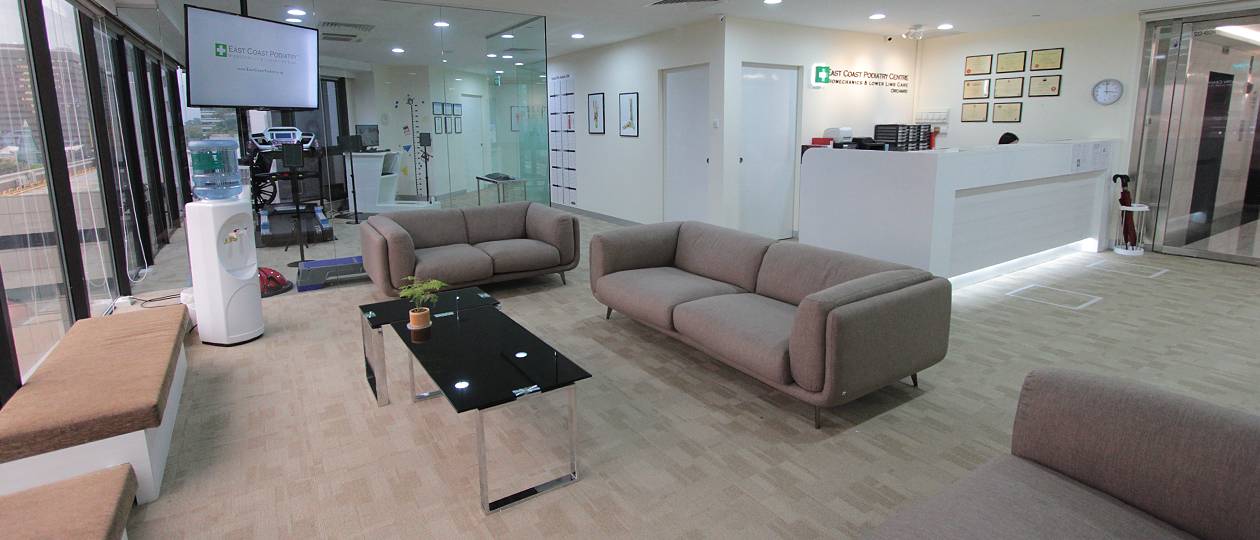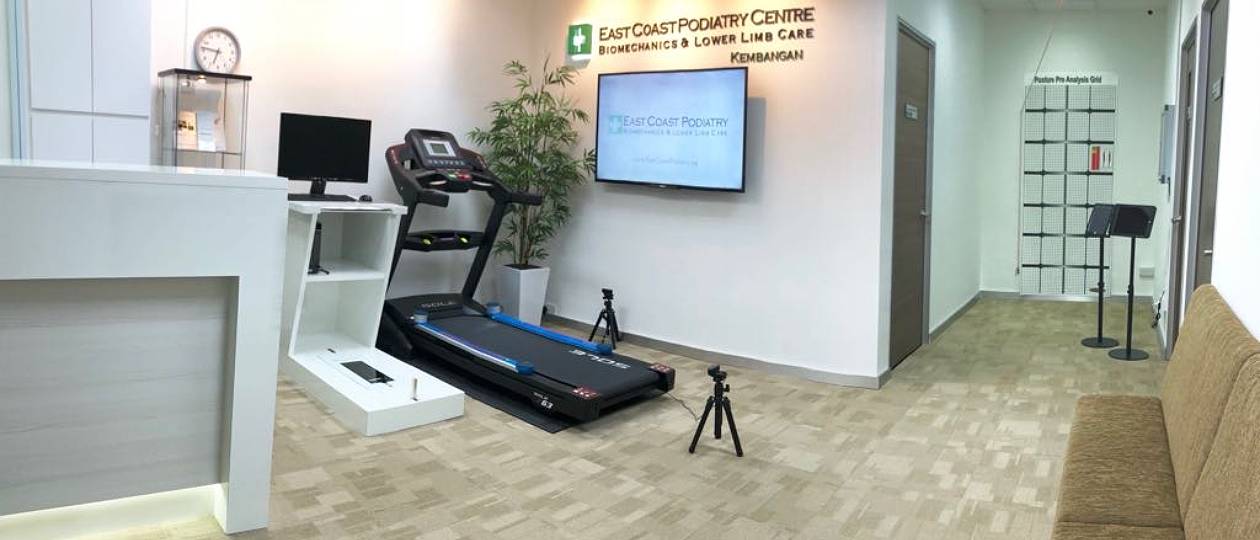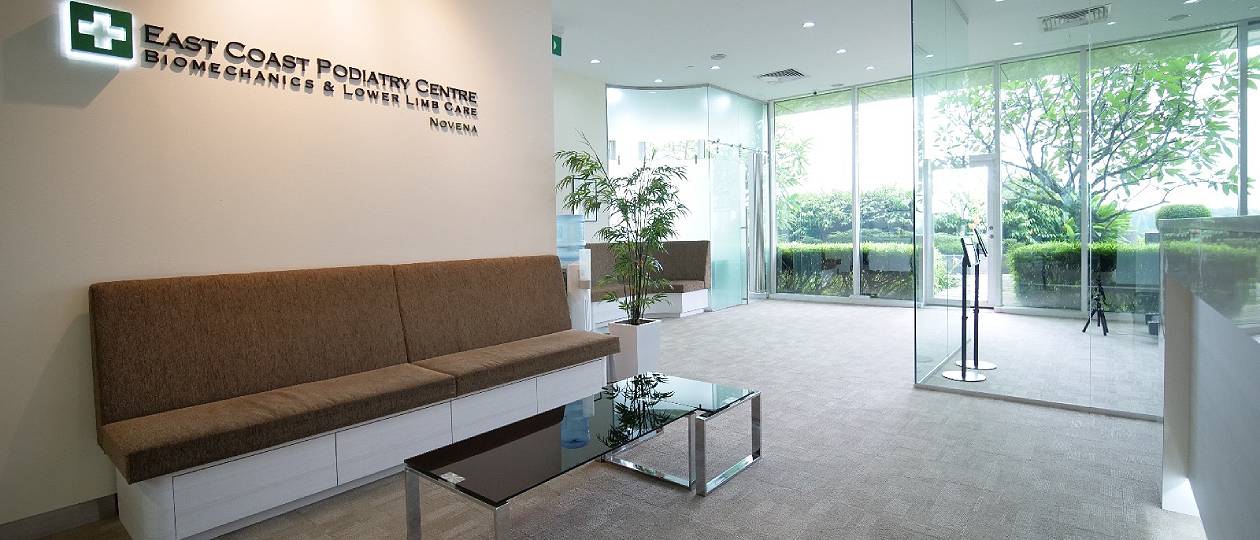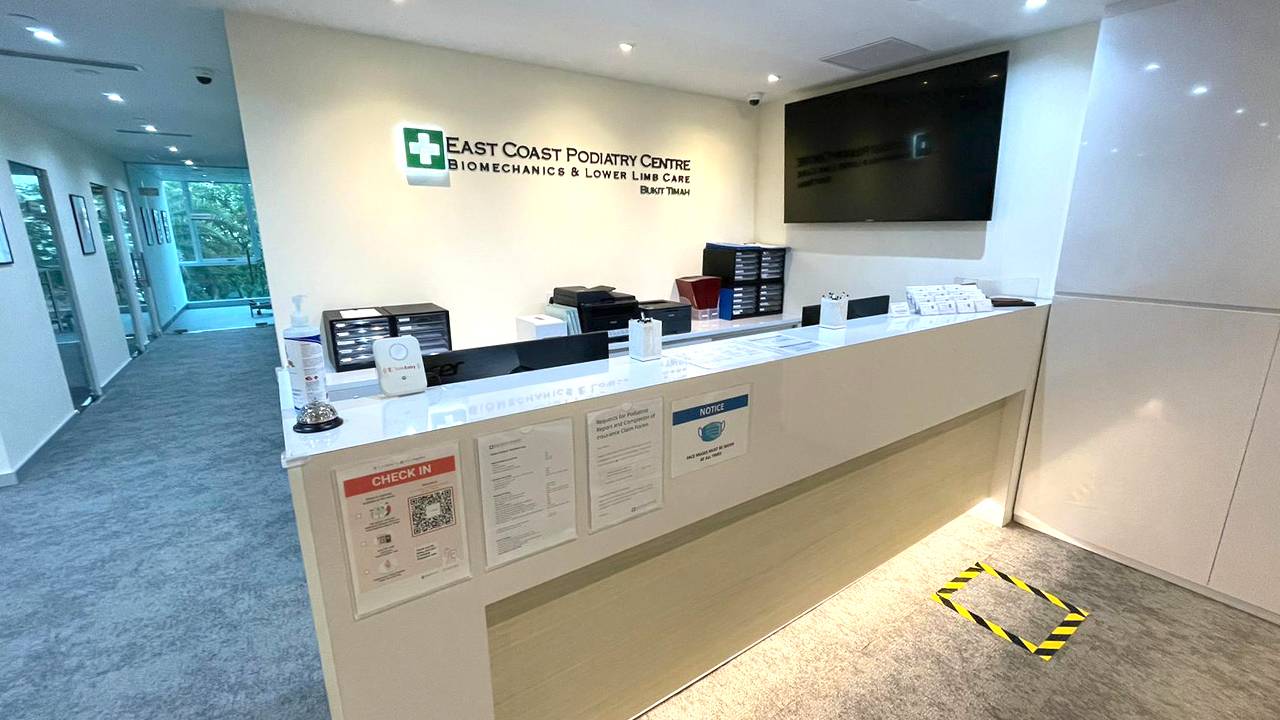Bow-leggedness is the appearance of the leg as it curves outwards from the knees; this is medically termed ‘genu varum’. Parents typically notice that when the child is standing at attention, the ankles are touching but there is a large gap between the knees.
Bow legs are a common condition observed in babies, which occurs due to the limited space within the womb, resulting in the compression of the tibia bones. While some medical professionals will recommend massage as an initial approach for this issue, casting should be considered for more severe cases and it is more likely to be effective if the child receives the appropriate care before they start walking.
When should a parent be concerned?
After your child is aged 2 and walking, if you are concerned about the shape of the hips, knees or feet then it is advisable to see a podiatrist for assessment of the lower limbs.
Key things to note:
- Are the legs straightening on their own?
- Is the bowing asymmetrical?
- One leg more bowed than the other?
- Is the child experiencing pain, limping, weakness or having trouble running/jumping?
The podiatrist may request for an x-ray of the hips, knees or feet, in specific cases to rule out Blount’s disease, or refer for blood tests to rule out conditions such as rickets if this has not already been done.
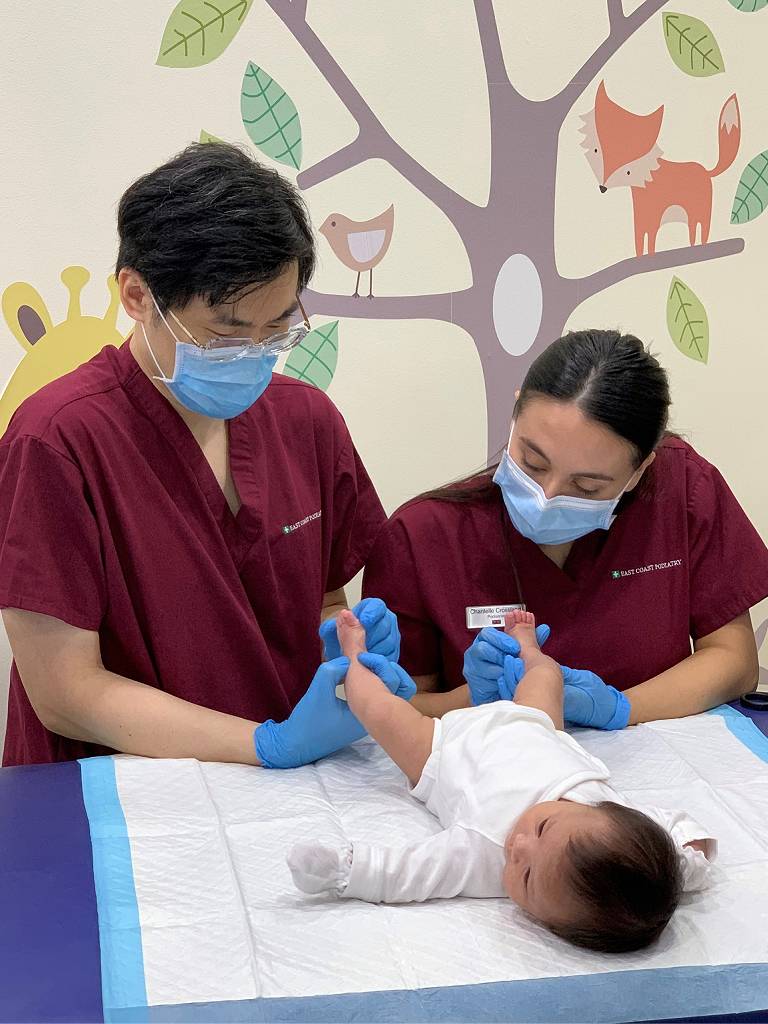
If a child is showing signs of bow leg past the physiological time frame, our podiatrists must ascertain whether the bow leg is caused by bone growth problems such as Rickets or Blount’s disease. Most infants and toddlers have at least some physiologic bowing of their legs, which parents may become concerned; other family members may have such knee shapes that did not resolve during childhood growth and development.
Certain severe bow legs in older children may be because of Blount’s disease or another medical condition. Blount’s disease is more common in children who:
- Are overweight
- Started walking at an early age
- Have a family member who had the condition
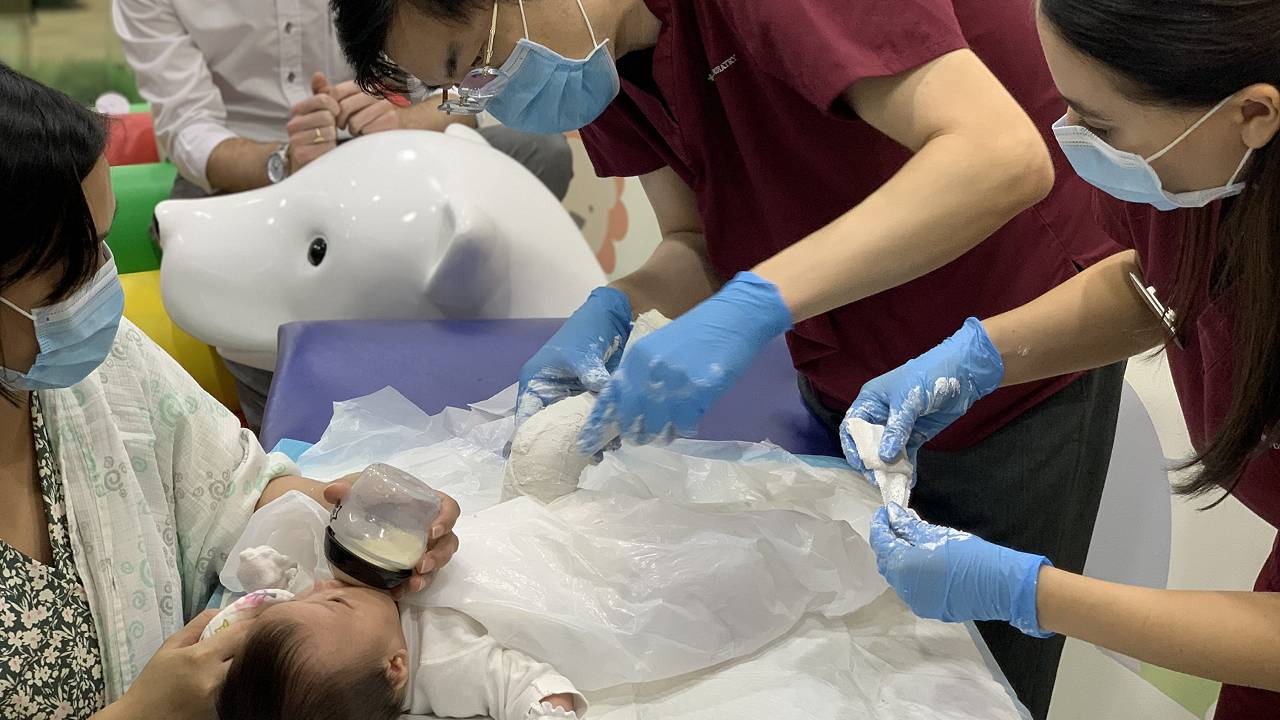
Typical complaints associated with bowing of the legs include:
- In-toeing (pigeon toe walking)
- Tripping and stumbling often
- Clumsy or awkward walking pattern
- Foot, ankle, or knee pain in later life
- Difficulty running and participating in sports
- Foot alignment – typically flatfoot condition
Unaddressed bow-legged conditions increases the risk of developing knee joint problems later in life.
Management of bow legs
The management of bow legs often involves close monitoring of the child with the use of lower limb braces, ankle-foot orthotics or customized orthotic devices, footwear modifications, and physical therapy. If the condition is severe or still present when the child is older or in adolescence, then surgery may be required to correct the abnormal bone alignment.

